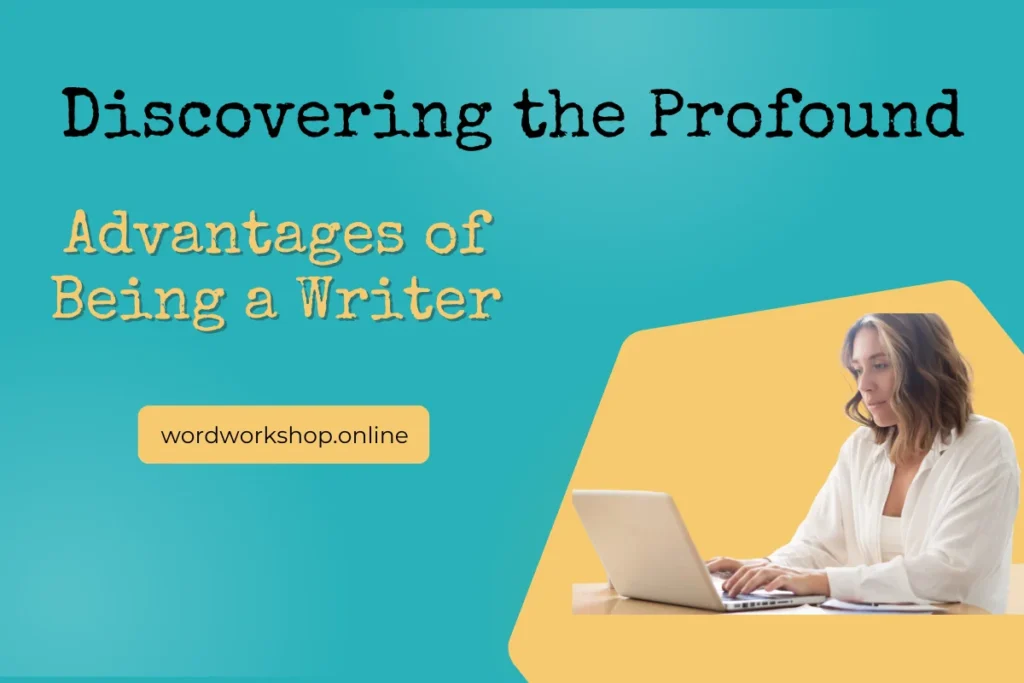Are you bombarded by thoughts? Do you have multiple thoughts going through your head at one time? Are you having a creative flow and need to capture your thought before they stop? You need to learn ways to organize those creative thoughts. When you do you will be more productive, more creative, and more organized.
Here are 10 of the many ways to organize your thoughts.
1. Collage your thoughts with images and photos. Use a poster board and put visual images that convey your thoughts. This will help you visualize your thoughts. Visualization helps us reach our goals. Images are amazing reminders of what we think. Some people actually think in pictures so this is a great avenue for organizing visual folks.
2. Free Write. Just write anything that comes to mind. Don’t think about organizing at this stage of the organization. Just write. Do not try to be grammatically correct. This exercise is for your benefit. Writing your thoughts down freely frees up much-needed creative real estate in your mind.
3. Handwrite a letter. Connect with the pen and paper. Some kinesthetic learners do well with this organizational exercise. Get your favorite pen out, get your favorite paper out, and handwrite a letter to a friend or a family member. How long has it been since you connected with your favorite pen? This will help you organize the thoughts you are having by making you think about what you are writing.
4. Index Cards. Keep them handy and use them often. Index cards are lifesavers to me. They are so versatile. I write so many things down on index cards that I later transfer to other lists, outlines, or mind maps. Write each thought on one card. Take those thoughts on the cards and organize them with others like them. It is easy to create an outline from the index cards once they are organized.
5. Mind-Map. My favorite! Ask me for my free mind mapping template. Mind-mapping is taking a central idea and putting it in the middle of a sheet of paper, or on a computer. Your topic should be in a bubble. A line is drawn to the subtopic which is also in a smaller bubble. You can create countless bubbles that all intertwine. For example, you are having a party. You would put ‘Party’ as the main topic. Now you are going to need a guest list, a venue, some food, and of course some entertainment. Each of those subtopics will have ideas in their own bubbles. Bubbles everywhere!
6. Outlines. I love lists and I love outlines. Such a great and easy way to organize all those random thoughts. Microsoft Word has an outline option that is very easy to use. It can be set up in different ways. So take advantage of the computerized version of outlines. I do not like having to cross lines out if I do the outline on paper. It is too messy. MS Word makes it cleaner and easier to manipulate.
7. Record yourself. Use your smartphone. Or use a digital recorder. I have used both. The point of recording your thoughts is to capture each one of them without delay. No interference when you are recording. You don’t have to take time to write them down. You can just flow. Once you finish you can listen and write them down, then organize them in the way that works best for you.
8. Sticky Notes. Everywhere! Put encouragement on them. They are great for reminders. They work well as a second memory or a memory fail-safe. Use them to set appointments and keep them. Use them to help you stay on track. Keep yourself motivated with inspirational quotes. The uses for Sticky Notes are endless. I use them to storyboard my books.
9. Table of Contents. This helps organize your topics. When you finish compiling the different contents for your book you will have a basic outline of your major topics. I created the Table of Contents for several of my books before I wrote them. The Table of Contents can always be adjusted and even changed to suit what you are working on at the time.
10. Timeline. Great for working out deadlines too. Timelines are great tools for working with time, time-sensitive projects, and for working on a project from the deadline date backward. I enjoy working with timelines but they seem to be a little more constricting for us free-flowing creative types that tend to get things done at the very last possible minute. You know, the fly by the seat of our pants kinda people. Mostly those of us with ADHD who thrive on challenges and adrenaline. Timelines are essential for historical books, memoirs, and dated books.
Learning to capture those amazing thoughts in your head is one thing, learning to organize them is altogether different. These 10 tools will help you capture those valuable thoughts and ideas so you can transform them into works of art, inventions, etc. When you learn to organize your thoughts you become more productive, more creative, and even more organized in other areas of your life.



